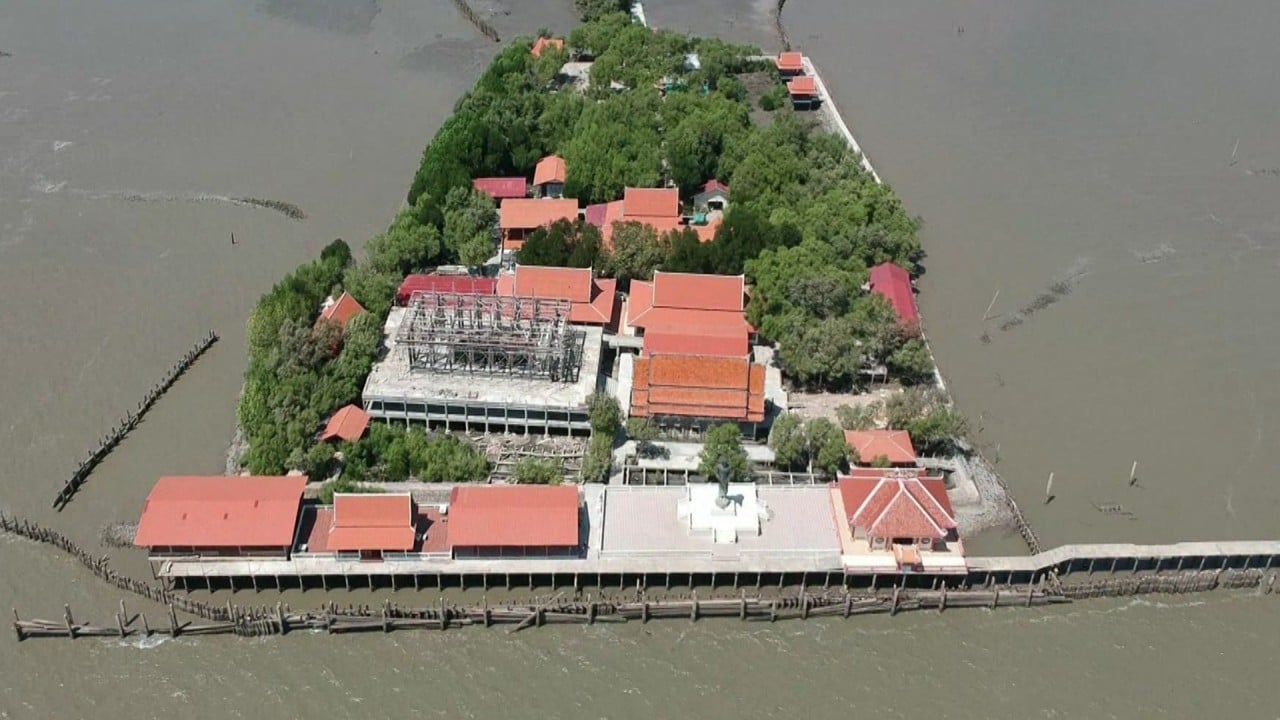
For Southeast Asia to survive climate change, timid effort is not enough
- With its long coastlines that leave it vulnerable to rising sea levels and extreme weather, the region must adopt a comprehensive strategy that includes not just reinforcing coastal defences but also restoring the environment and moving people inland
We must acknowledge that some areas are already past the point of no return. In places where the coastline has moved too far inland, the practical solution is to relocate communities out of harm’s way using organised, incentive-based plans.
While this might sound extreme, it gives people a chance to settle in safer areas instead of constantly rebuilding in submerged zones. Meanwhile, uninhabitable coastal areas can be repurposed for restoration, acting as buffers against future erosion.
Why should those outside Southeast Asia care about this issue? Entire economic sectors such as fisheries, shipping and tourism are at risk from coastal erosion. Countries relying on these industries for income and employment could face economic crises.
In the context of coastal cities, the most affected countries are also those with the largest populations, such as Indonesia, Thailand and Vietnam. By 2025, more than 66 million people in Southeast Asian coastal cities will live below sea level, with the most affected cities including Jakarta, Bangkok and Ho Chi Minh City. The impact of rising sea levels on trade, finance and international stability is estimated at US$724 billion by 2030.
Implementing a comprehensive coastal protection strategy in Southeast Asia is neither easy nor cheap. However, it is an investment that will prevent much costlier damage in the future. Binding international agreements between countries are needed to coordinate relocation, infrastructure and restoration efforts with shared funding obligations based on each country’s resources and vulnerability levels.
Can Singapore’s first man-made oyster reef shore up marine biodiversity?
On a personal scale, those living along the Southeast Asian coastline are advised not to overinvest in coastal properties in at-risk areas. Rather than haphazard development in areas likely to be submerged, housing and infrastructure should be centralised inland to avoid future losses.
Climate change and rising sea levels have put Southeast Asia’s coastal areas at risk. However, this crisis can still be addressed if the right actions are taken promptly. While the coastline in this region might shift, adapting to the new reality through relocation, infrastructure reinforcement and restoration can help coastal communities thrive for future generations.
Mohammad Yunus is currently pursuing a master’s degree in biological sciences at Khon Kaen University, Thailand



